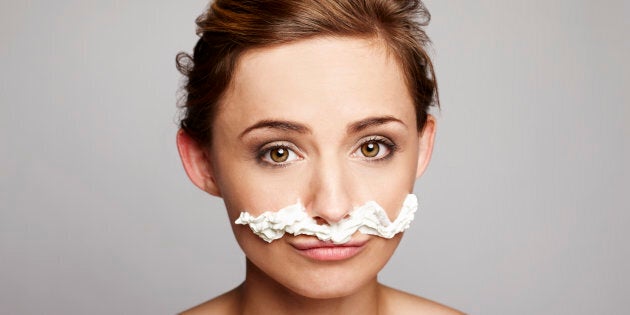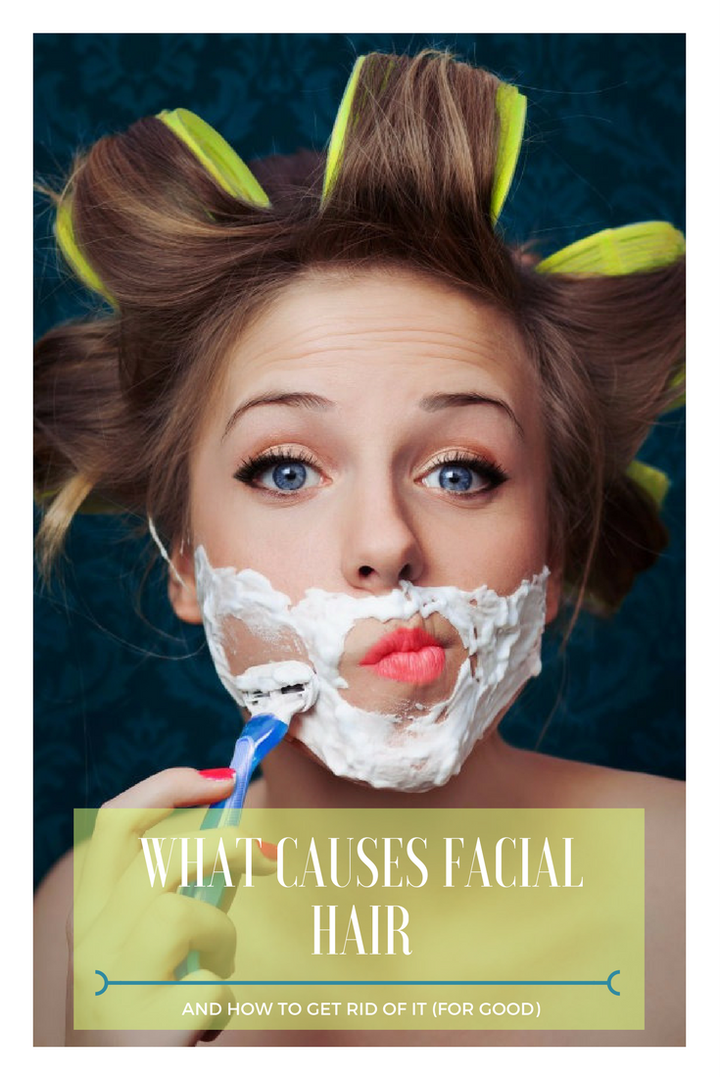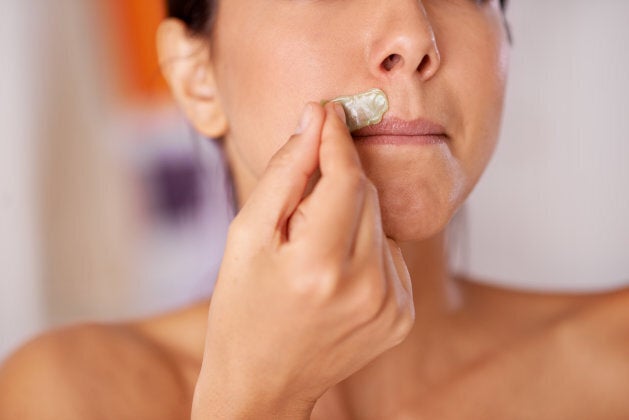
When it comes to female facial hair, there are awesome women like Harnaam Kaur who wear their hair with pride, and there are others want it removed ASAP.
Neither approach is wrong, but it's safe to say the latter is the more common.
But what actually causes female facial hair, and what are the best ways to safely remove it?

What causes facial hair in women?
There are many different factors that can contribute to a woman experiencing some facial hair growth, and they range from hormonal imbalances (which can be quite severe) to genetics.
"It's actually very common, and most of the time people don't see it as a medical problem," Dr Adrian Lim, a spokesperson for the Australasian College of Dermatologists, told HuffPost Australia. "And the causes are simply racial and genetics.
"There are certain races which are more prone to facial hair, for example, Chinese and Japanese people might be more hairless and then you have southern Indians who might be more susceptible.
"But many social and cultural groups where is considered normal don't see it as problem at all."
Harnaam Kaur is a body confidence activist who wears her beard with pride.
"It is one of those things that does become more common around menopause, where sometimes a woman will develop coarse dark hairs on her top lip or chin or neck," CPCA spokesperson Dr Mary Dingley told HuffPost Australia.
"With younger people it's more of a genetic thing, and race can have an impact. Mediterraneans, so Greeks and Italians, and some Spanish people, and certainly Indian ladies tend to suffer from this a lot more than people from northern European climates."
Another contributing factor could be polycystic ovaries, which can result not only in facial hair but other problems such as acne.
How do I get rid of it?
This really depends on what sort of hair you have, how much there is and the reason as to why you have it.
"For someone with polycystic ovaries, there are other things to consider, such as trying to lose some weight if that's an issue," Dingley said. "You'd also look at the skin to see what was going on in terms of acne and oil control.
"For some people, even the contraceptive pill can be a useful thing, but that's something to be discussed with your doctor.
"For most people, they just have hair and that's their genetic make up or time of life."

The simplest methods, which are appropriate if you don't have much hair, can be DIY jobs you can do in the comfort and privacy of your own bathroom without too much worry.
"I mean obviously if it's just one hair or two, pluck them out," Dingley said. "Though this can be a bit difficult if your eyesight isn't so good.
"For ladies getting older this can be more difficult as time passes, though you can get good magnifying mirrors these days."
Other obvious options include bleaching and waxing, though those with sensitive skin may run into problems.
"For some people the bleaching and waxing irritates their skin too much, and threading can cause ingrown hairs, meaning you end up with this lumpy pustular thing as well as the hair," Dingley said."Then of course the hair is still coming through.
"While these methods are simple to perform, they still have possible side effects and they certainly don't offer long-term solutions. [The area of concern] will need constant maintenance."

Still, for many people it's enough to get by. Where things become more complicated is if the above methods aren't working for some reason, or the hair growth is too much for an individual to handle.
"For some of the ladies who have almost a full on beard, it's not really something they can deal with themselves," Dingley said. "We also see transgender ladies who are looking to remove their facial hair permanently."
This is where something like a laser treatment steps in, but Dingley is keen to stress it's not for everybody.
"It needs to be done properly and well with the skin type and hair type in mind," she said. "Lasers work on the colour [of your skin] so darker skin types need to be careful.
"And the lighter and finer the hair, less likely it is for the treatment to be successful. For those who have light hair or colourless peachfuzz hair, it's not going to work.

"The ideal person for laser treatment has paper white skin and coarse black hair. Which is actually pretty rare."
It's not a one-stop fix, either, with patients having to return for subsequent treatments, though Dingley says in most cases they should start seeing results after three to four sessions.
"We can target specific hairs or we can do the full on beard. Obviously it will be a bigger treatment if you have more hairs there, and obviously the times for each person vary," she said.
Dingley also cautions against side effects and says anyone with a suntan needs to hold off on their laser treatments for a couple of days until the tan "settles down".
"I think it's important to warn people there can be side effects and complications, the most common one being a burn," she said. "That's why we really try to encourage people to go to someone who knows what they are doing and who understands skin types and hair.
"Not some backyard operator flashing lightbeams around who doesn't understand the potential consequences.
"It's also important to keep the sun off the area, protect yourself from the sun, and don't go and get a treatment if you have a tan.
"It really is that important."